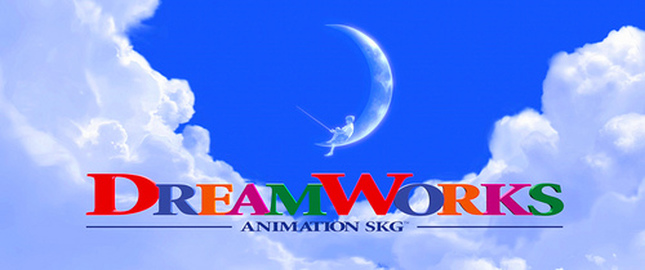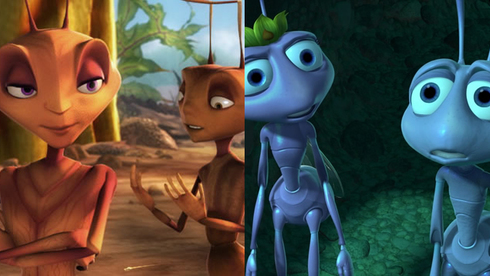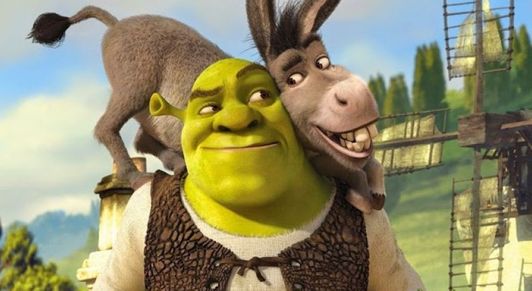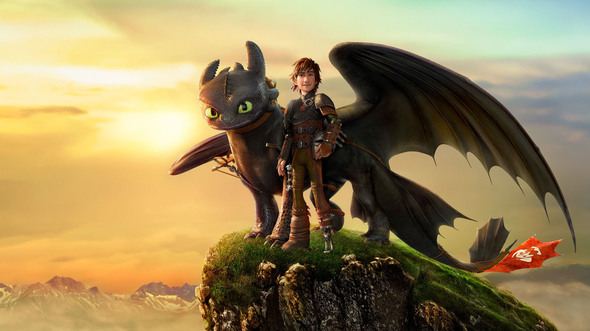During the time Disney and Pixar pioneered the computer-animated film industry, another studio was about to compete against them: Dreamworks SKG. It all started over the controversy surrounding the making of Disney and Pixar’s A Bug’s Life (Lasseter and Stanton 1998) and Dreamworks’ Antz (Darnell and Johnson 1998). According to Businessweek, after Jeffrey Katzenberg, co-founder of Dreamworks, had left Pixar midway through production of Toy Story (Lasseter 1995), John Lasseter had stopped by Jeffrey Katzenberg’s office to talk about A Bug’s Life (1998). In retrospect, Lasseter, after reading out about how Dreamworks’ Antz was very similar in concept, felt betrayed by Katzenberg. Two computer-animated films about ant colonies liberating themselves from tyranny were to be released in 1998, one by Disney and Pixar and the other by Dreamworks. In the end, Antz did not surpass the success of A Bug’s Life. However, this was only the beginning for Dreamworks, as they later produced hits that put them on the map as pioneers of computer-animation.
Burrows, Peter. “Antz vs. Bugs: The inside story of how Dreamworks beat Pixar to the screen.” Businessweek. 1998. Accessed 6 Nov. 2016. Web






 RSS Feed
RSS Feed
